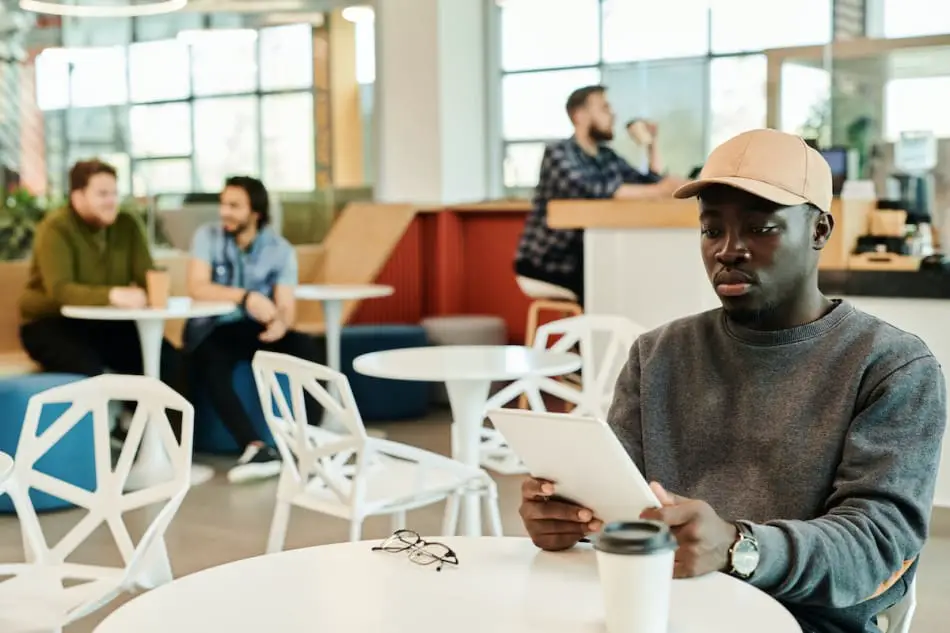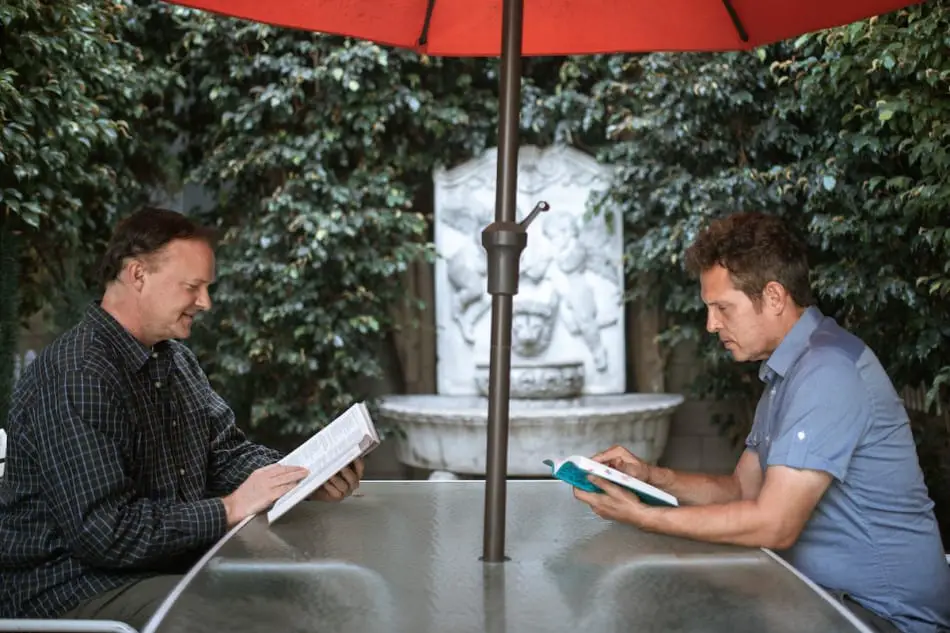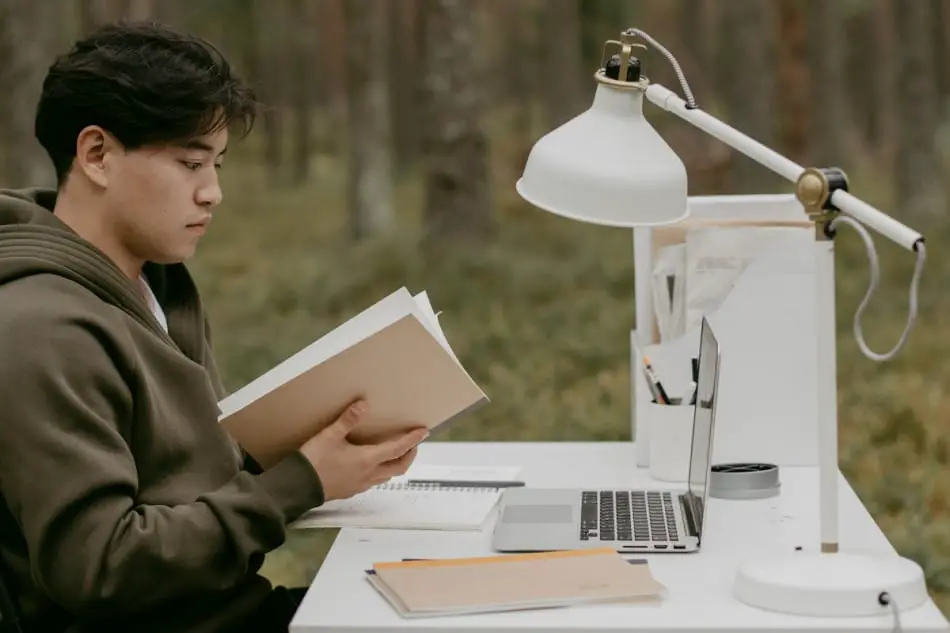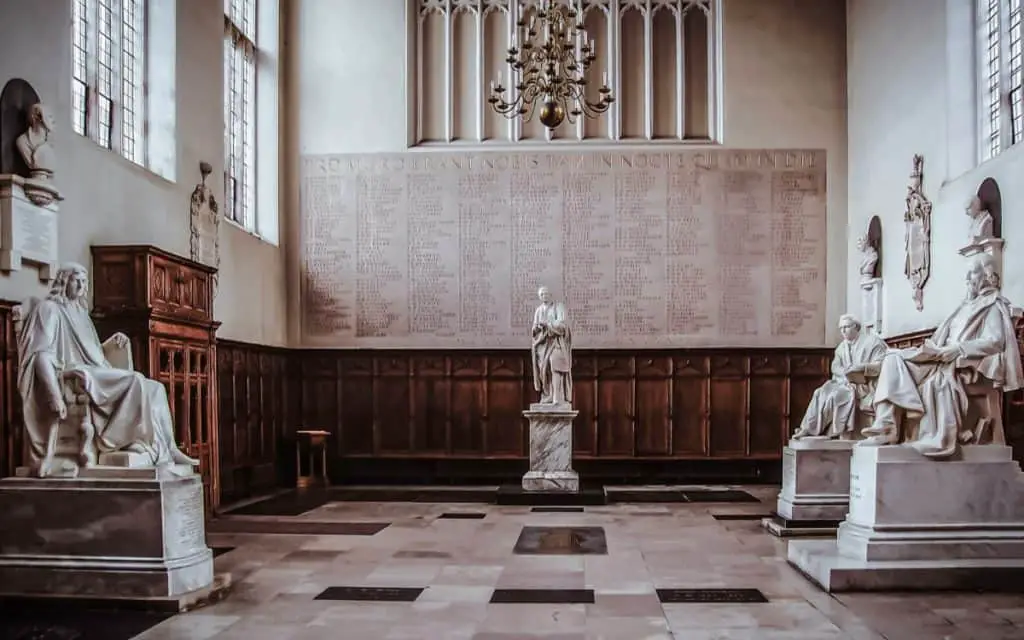Reading is very important in life. It’s a skill you’ll always use, whether reading directions on a product or reading a book.
If you don’t know how to read, it might be difficult to do many things by yourself.
Stick around to figure out if it’s possible to learn to read on your own and how to do it!
It is possible to teach yourself how to read. Learn the letters and sounds of the alphabet, practice reading simple words, recognize sight words, start reading short sentences, build your vocabulary with a thesaurus, learn new words in context, practice reading for pleasure, expand your reading habit, and eventually learn how to read completely.
There are several media to use to learn how to read such as learning from applications, websites, and going online to watch several useful videos.
Let’s explore how you can learn to read on your own.
Teaching Yourself How to Read
Below are nine useful steps you can use to teach yourself how to read:
Step One: Learn the Letters and Sounds of the Alphabet

Get familiar with the letters and sounds of the alphabet. You can identify each letter with a picture and practice pronouncing each letter and sound.
This is a great way to learn the basic alphabets, which will help you to comprehend later.
You can watch a video like English alphabet pronunciation to assist you in learning these letters and their sounds.
-> Read Also What Is An Autodidact?
Step Two: Practice Learning Basic Words
Here, you begin with words that have just two letters, then move to three lettered words, gradually to four lettered words and so on.
You have to consistently practice to get acquainted with these words and their pronunciation.
Watching this video about Sight Words can guide you in practicing.
Step Three: Practice Learning Simple Words
Try practicing sentences that have very few words per sentence. For instance, the examples used in this reading basic sentences YouTube video can be very helpful.
You should also check out as many different books as possible to see what types of words are used in different types of writing.
This will help you to understand how to use words correctly when they are not spelled out.
Step Four: Recognize Sight Words

Sight words are the words that are most commonly found in the text. The best way you can learn them is by watching videos like practicing reading Sight Words and learn English through Sight Words on Youtube.
You can also purchase and go through several books that can help you to identify sight words like this the complete book of Sight Words on Amazon that contains 220 sight words and this preschool sight words book to know Sight Words.
Step Five: Start Reading Short Sentences
The more you practice reading short sentences, the more your brain will learn to recognize word patterns and how these patterns can help you understand what you’re reading when you’re reading longer passages.
Watch and listen carefully to the examples of short sentences in this simple sentence Youtube video. This video on reading remediation and intervention can also be helpful.
Furthermore, you can purchase and go through this book that contains 1001 English expressions and phrases to practice many common sentences and dialogue. As you practice, focus on looking at words and their meanings rather than letters.
Note that it’s essential to stick with short sentences when first learning as it is a good way for your brain to learn because it gives you enough practice to recognize words with multiple meanings or possible meanings depending on context.
Step Six: Build Your Vocabulary With a Thesaurus
One of the best ways to build your vocabulary is to use a thesaurus. A thesaurus is a book that provides synonyms for words, which can help you expand your vocabulary.
You can purchase Merriam-Webster’s Dictionary and Thesaurus which also contains a dictionary from Amazon.
The best way to use a thesaurus is just like it sounds: look up words that you don’t know and see what other words are similar or related to them in meaning.
You can also find new uses for old words by looking through the list of synonyms, definitions, and examples of how those words are used in sentences.
Once you’ve found a word or phrase you want to learn more about, try using it in a sentence or two with different contexts.
If it makes sense in its original context but doesn’t make sense when used elsewhere, then it probably isn’t a good choice for your vocabulary list.
Watching this video about 150 common synonyms in English will be helpful.
Step Seven: Learn New Words in Context
Learn new words by reading or listening to a variety of texts. It is important to read texts rich in vocabulary and have a high frequency of words you need to learn.
For example, if you are learning English as a second language, you may want to read books or articles written by the native speakers of your target language.
This will help you integrate the new words into your daily speech and increase the frequency with which they are used.
You can also listen to podcasts or audiobooks if you would like to learn new vocabulary in context. Still, the content must be exciting and engaging for you.
Step Eight: Practice Reading for Pleasure
Reading is not just about what’s in front of you; it’s also about how it makes you feel. If an author has a style that appeals to you, read everything they’ve written.
If they have one or two books that didn’t appeal to you but made up for it in other ways, go back and reread them.
Step Nine: Expand Your Reading Habits

The best way to do that is by reading more books. Even if you’re not a big reader, having a certain number of books is essential.
If you don’t have any books, rent them from the library or borrow them from friends and family. You can buy e-books online or download audiobooks from your favorite sites like Audible or Scribd.
You don’t have to read every book in your collection, but it’s essential to keep up with what’s popular and what people are talking about.
This will help build up your vocabulary and help you understand what’s happening in the world around you.
Step Ten: Make a Plan to Learn How to Read Completely
If you want to learn how to read, you have to make a plan. You will need to prepare yourself for success and put yourself in a position where you can learn how to read.
Set aside some time every day, preferably in the morning or evening for 30-60 minutes, when your brain is fresh and ready to learn new things.
The 4 Levels of Reading
In learning to teach yourself how to read, you’re to be aware of the four levels of reading. The table below contains books and videos that can enlighten you on what each level entails.
| Levels of Reading | Related Books and Videos |
| 1- Elementary Reading | Sight word practice book |
| 2- Inspectional Reading | YouTube video on how to read a book |
| 3- Analytical Reading | YouTube video on how to get the most out of a book Analytical reading inventory book |
| 4- Synoptical Reading | YouTube video on synoptical reading |
What Is the Easiest Language to Learn to Read for English Speakers?
The language that is easiest to learn for English speakers is Spanish. It’s the most widely spoken language in America and one of the most widely spoken languages in Europe.
Many Spanish words are very similar to those in English—the English-speaking world has spoken Spanish together for centuries. It also uses the same alphabet (the Latin alphabet).
This means that learning Spanish is easier than learning other languages like Chinese or Japanese, which use their alphabets.
Another reason Spanish is a good choice for English speakers is that it uses the same grammatical structures as English. For example, there are only three genders in Spanish:
| Gender | Meaning |
| (“el”) | masculine singular |
| (“la”) | feminine singular |
| (“lo”) (plural is “ellos”) | neuter (used for objects) |
In contrast, there are 13 genders in French and Japanese.
-> Learn More about Self-Learning vs. Classroom Learning: Which Is Better?
FAQs

1. How long does it take to learn how to read
It all depends on the person. Some people learn to read in just a few weeks, while others may take years to master the skill. However, it takes about five months for most adults to learn how to read.
2. Do you get faster at learning to read?
Learning how to read is like learning any other new skill—it takes practice and repetition. The more you read, the faster you’ll get at it.
But if you’re trying to learn how to write something advanced like an application or a letter, it might take longer than if you were learning a language.
-> Learn more about the 7 best websites for self-learning
Final Thoughts
Yes, you can teach yourself how to read. The ability to read is like learning a language—it gives you access to whole new worlds.
I hope this article has motivated you to learn how to teach yourself to read perfectly.
Resources
- https://www.wikihow.com/Teach-Yourself-to-Read
- https://edition.cnn.com/travel/article/learn-a-foreign-language-wellness/index.html#:~:text=Of%20these%2C%20Spanish%20and%20Italian,by%20Portuguese%20and%20finally%20French.
- https://tipsmake.com/how-to-teach-yourself-to-read
- https://www.apa.org/ed/precollege/psn/2013/09/learning-secrets






